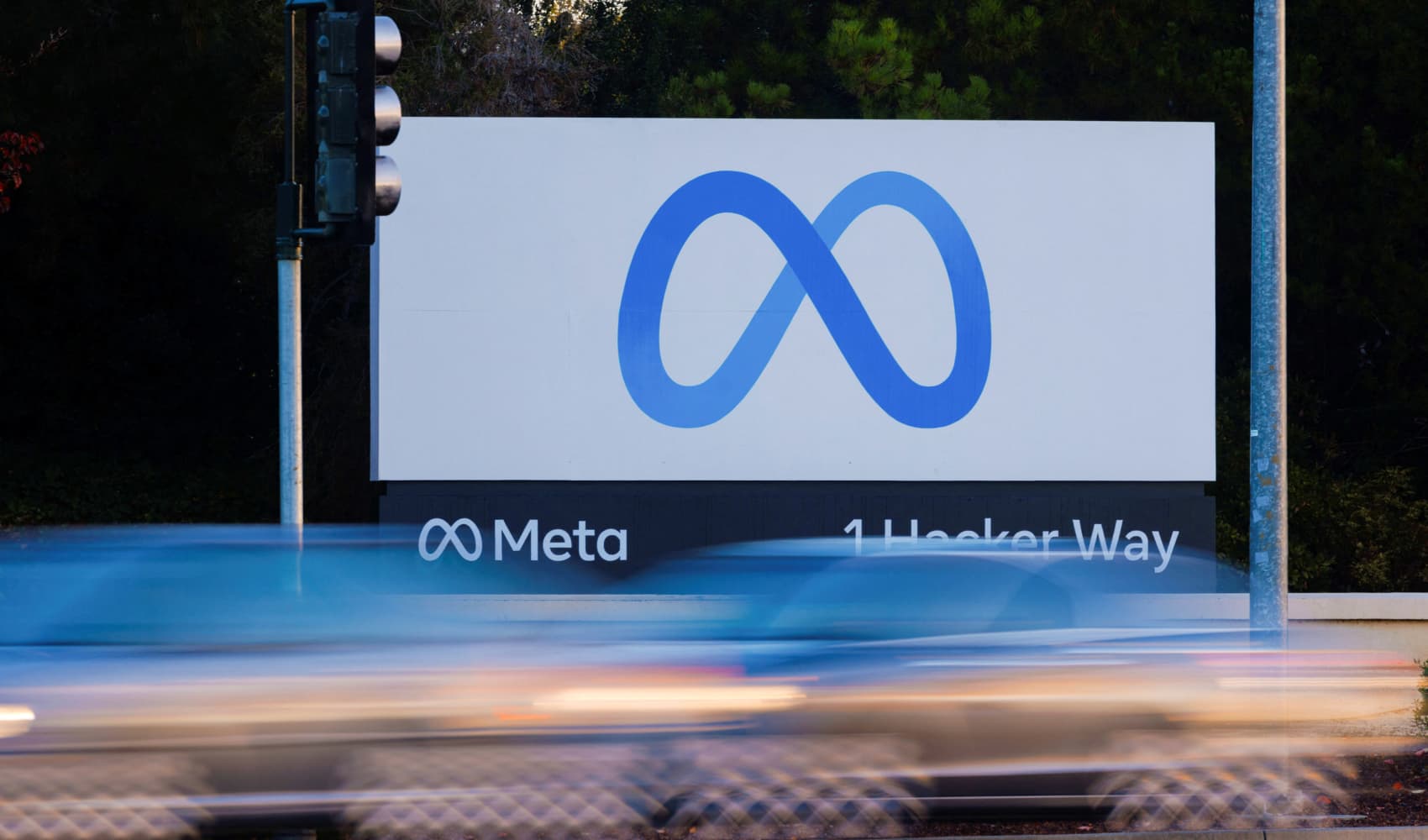
- Experts have raised concerns about the efficacy of warning labels due to consumers' tendencies to ignore them.
- Research shows the most effective warning labels are those that elicit strong emotions, which often means the labels should be graphic rather than text-based.
- Consumer advocates say it's best practice to design the risk out of products rather than to rely on warning labels to protect people.
Get South Florida local news, weather forecasts and entertainment stories to your inbox. Sign up for NBC South Florida newsletters.
Warning labels are designed to inform consumers about potential risks of using a product, but they have become too prevalent to be beneficial.
"Warning labels really were fairly rare until the 1960s," said W. Kip Viscusi, a distinguished professor of law, economics, and management at Vanderbilt University. "Beginning in the mid-1960s, cigarettes started to have a warning label. Since that time, other products have followed suit, trying to emulate the cigarette experience."
Warning labels generally come in two forms: those that warn the consumer against buying the product, such as a cigarette box label that says, "This product can cause mouth cancer," and those that warn about the risks associated with incorrect use of a product and may say, "To prevent this furniture from tipping over, it must be permanently fixed to the wall."
Money Report
One of the problems researchers have pointed out is people are desensitized to warning labels because they seem to be everywhere.
"One of my main complaints about warnings is that they've become ubiquitous," Viscusi said. "There's a tendency to say things are risky [and] slap a warning on it, and that tends to dilute the impact of the other warnings that are out there. So if everything in the supermarket is labeled as dangerous, you don't know what to buy."
Viscusi has developed two criteria for effective warning labels: 1) they must provide new information to consumers, and 2) the consumer must find the information credible.
"When companies are making statements against their financial interest, that would tend to be credible," Viscusi said.
There has been pushback against putting warning labels on certain products. In December 2022, a federal judge ruled that the U.S. Food and Drug Administration cannot require tobacco companies to put graphic warning labels on cigarettes.
When it comes to making sure people are using products safely, consumer protection advocates say warning labels should be a last resort.
"In general, warning labels by themselves [are] just not effective," said Oriene Shin, policy counsel at Consumer Reports. "They really need to be coupled with safe design."
That's where the safety hierarchy of product design comes in. This is a multistep process meant to eliminate risk to the consumer, and when that's not possible, minimize it through safeguards.
An example of a safeguard, Shin says, would be requiring a potentially dangerous product such as a lawnmower to only start if the user pulls a lever and presses a button, rather than only requiring one of those procedures.
The last tier of the safety hierarchy is a warning label.
"I have probably seen hundreds of warning labels in the last week, and we probably don't remember any of them," Shin said. "And that's the problem with just relying on warning labels. [They're] the icing on the cake rather than the end all be all."
Watch the video above to learn more about why warning labels aren't working and what we can do about it.






